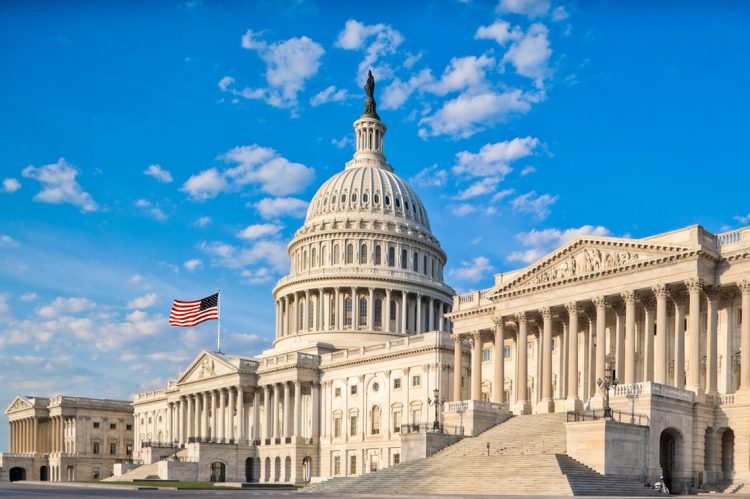Heading into 2023, the housing market has not crashed the way many predicted, but it has taken a severe beating, driven largely by a historically fast increase in mortgage rates—which, in turn, reflect the Federal Reserve’s campaign to fight inflation through raising interest rates.
This sudden change in the rate environment has left the real estate industry in a unique position, which National Association of REALTORS®’ Chief Economist Lawrence Yun has deemed a “housing recession.” It has also been referred to as “weird,” with conditions “unlike we’ve ever seen.” Teetering on the edge of this uncertainty, one in three leading brokers called interest rates the biggest obstacle to their success in 2022.
With the Fed set to meet for the first time this year in just over two weeks, here’s what officials have been saying:
– Mary Daly, president of the San Francisco Fed, sat down for an interview with the Wall Street Journal on Monday. She said she was currently anticipating inflation to fall into the “low 3%” range by the end of this year, reaching the Fed’s target of around 2% by the end of 2024.
Between the choice of a 25- or 50-basis point hike, Daly said she sees “both on the table” for Feb. 1.
“It really is about incoming information,” she said.
Daly added that some markets—including mortgage markets—react extremely quickly to any policy change or even just statements made by policymakers.
“The speed of transmission, from when we talk about our policy to where markets price in policy rates, has sped up tremendously,” Daly said. “It’s almost immediate. We say something, markets put it in. You saw that in early 2021—before we ever raised interest rates at all, we had mortgage rates starting to climb just on the idea that we were going to raise interest rates.”
Other sectors, though, are lagging, and have not yet shown exactly how much the higher rates have affected them. Trying to project those effects will be difficult, Daly said, though she added that raising rates above 5% is “absolutely, in my judgment…going to be likely.”
“How far above 5% we need to go, not completely clear,” she added.
– On Tuesday, Fed Chair Jerome Powell joined a Q&A session in Sweden alongside members of other central banks. Most of his focus was on unrelated, longer-term subjects—climate change and the political independence of central banks generally.
Powell did acknowledge some recent criticism of the Fed while defending what he said was an independent institution that “has served the public well.”
“We have to be committed to achieving our goals. This precious grant of independence—to keep it, we need to deserve it,” he said. “And that means stick to that work and don’t look for broader things.”
– Susan M. Collins, president of the Boston Fed, spoke to the New York Times on Wednesday. She was more forthcoming about where she saw the next rate hike going, saying that she would “lean at this stage to 25.”
Collins does not have a formal vote on rate hikes this year (some regional presidents rotate on two- and three-year cycles), but she takes part in deliberations during meetings. She joined the Fed in early 2022, and voted during last year’s cycle.
In the interview, Collins agreed with Daly’s assessment of a need for 5% rates, but said that three 25-basis point hikes might make more sense.
“If we’ve gone to slower, more judicious rate increases, it could take us three rate increases to get there—and then holding through the end of 2023, that still seems like a reasonable outlook to me,” Collins said.
– Patrick Harker, president of the Philadelphia Fed (a voting member this year), spoke after the most recent CPI data showed a significant slowing of inflation. In prepared remarks to the Main Line Chamber of Commerce, he explicitly said he expects “hikes of 25-basis points will be appropriate going forward.”
“I expect that we will raise rates a few more times this year, though, to my mind, the days of us raising them 75-basis points at a time have surely passed,” Harker said.
Harker added that it was “encouraging” to see early signs of cooling inflation, and pointed out that consumer spending has remained high despite the pressure on household budgets from rising prices.
“We’re seeing a healthy recovery in those sectors that suffered most during the pandemic, like leisure and hospitality,” he said. “I do remain concerned about commercial real estate, as the embrace of remote and hybrid work is clearly dampening demand for office space in central business districts and suburban office parks.”
Looking at the Philadelphia and New Jersey housing markets, Harker highlighted slowing sales and moderating price growth in the residential sector, interpreting that data as evidence that Fed policy is helping slow an overheated economy.
“The days of houses selling before they are even listed are in our rearview mirror. So, sorry to all the REALTORS® in the audience this morning,” he quipped.












